What is ETH 2.0?
1. Why Choose Proof of Stake (PoS)?
2. The Merge and Beacon Chain
3. Effects of the Merge
4. Why are Gas Fees Still High After the Merge?
5. Staking
6. Benefits of Staking
Popular Articles
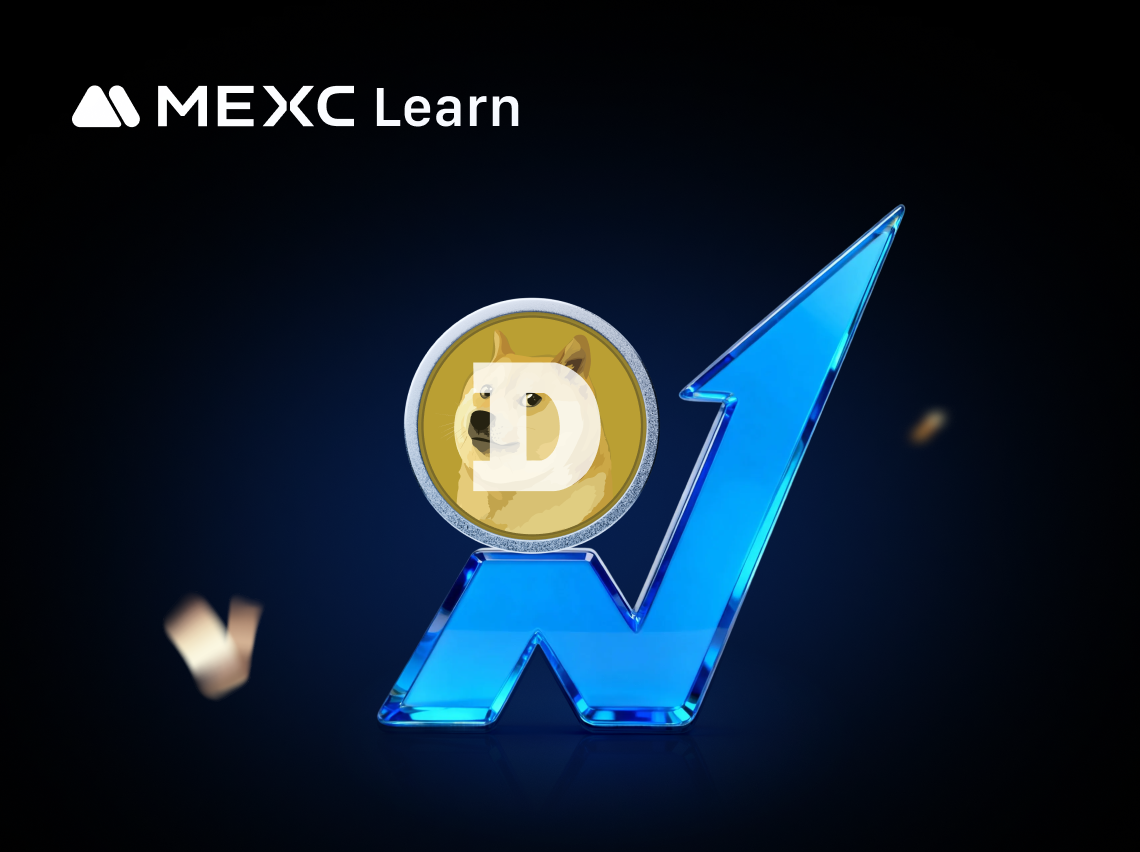
Dogecoin All-Time High: When It Happened and What Drove the Surge
Key TakeawaysDogecoin’s all-time high (ATH) occurred on May 8, 2021, when the price reached approximately $0.74.The surge was primarily driven by a combination of Elon Musk’s repeated tweets and endor

How to Verify My Residential Address on MEXC
Providing proof of address (POA) is part of MEXC's KYC verification process. After registering a MEXC account, you must upload a POA document to complete identity verification and ensure compliance wi
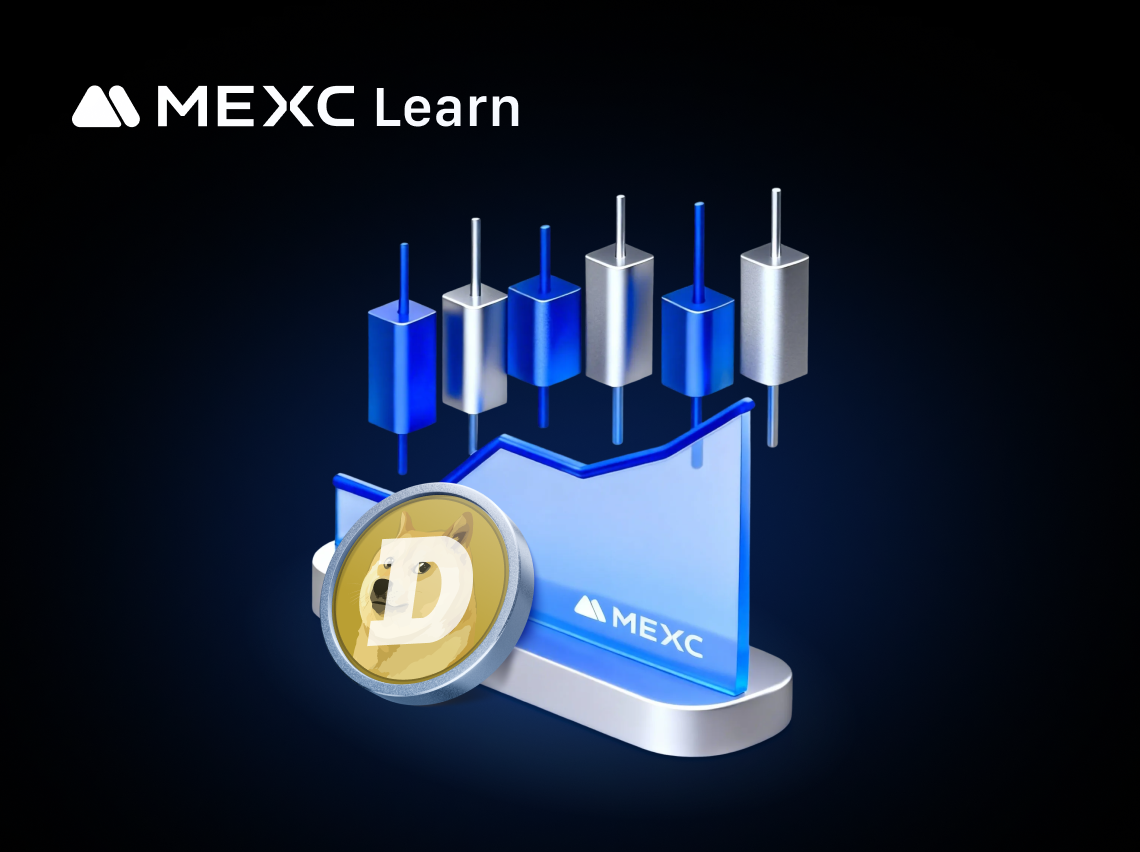
Dogecoin Marketcap Explained: What It Means and How It Shapes DOGE’s Value
Key TakeawaysMarket capitalization (market cap) measures the total dollar value of Dogecoin (DOGE), calculated as current price × circulating supply.As of December 2025, Dogecoin’s market cap stands a
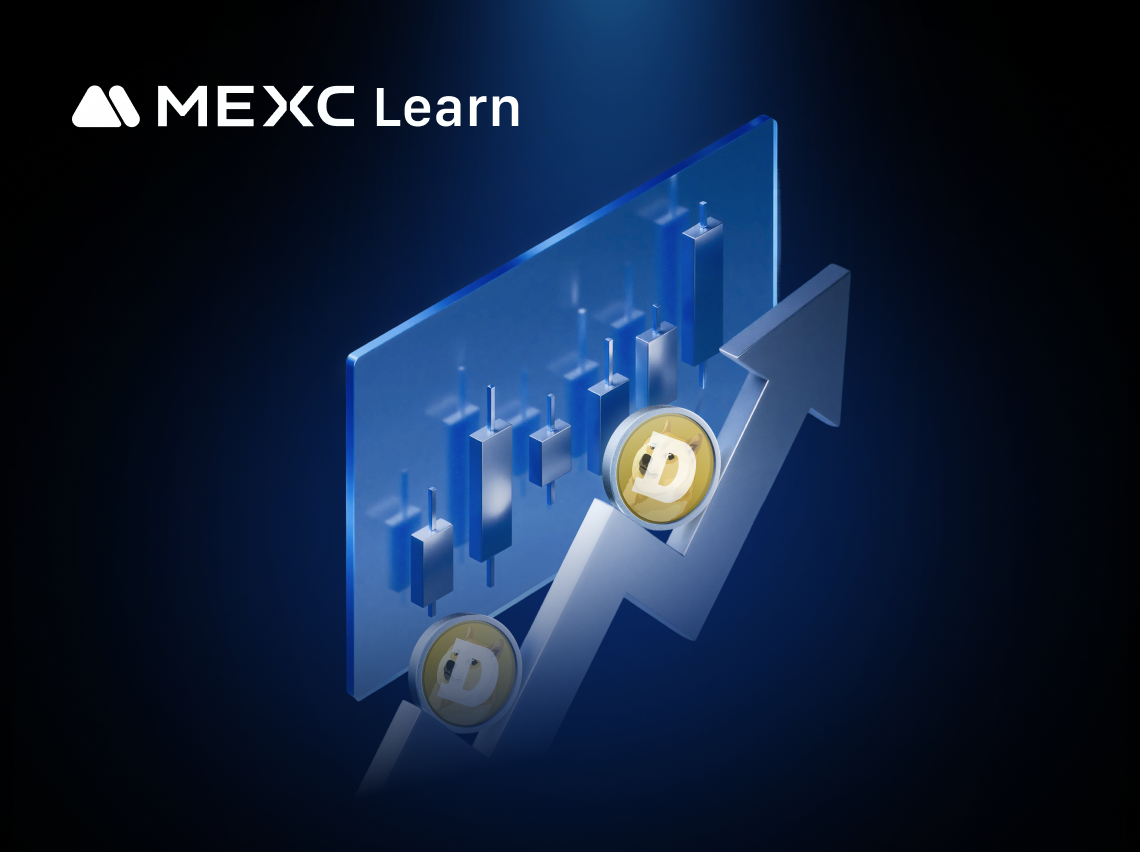
Dogecoin Price History: Major Cycles, Market Drivers, and Key Lessons
Key TakeawaysDogecoin has experienced extreme volatility, moving from near dormancy (2013–2020) to meme-driven surges (2021) and significant post-2021 corrections.The explosive 2021 surge drove DOGE t
Hot Crypto Updates
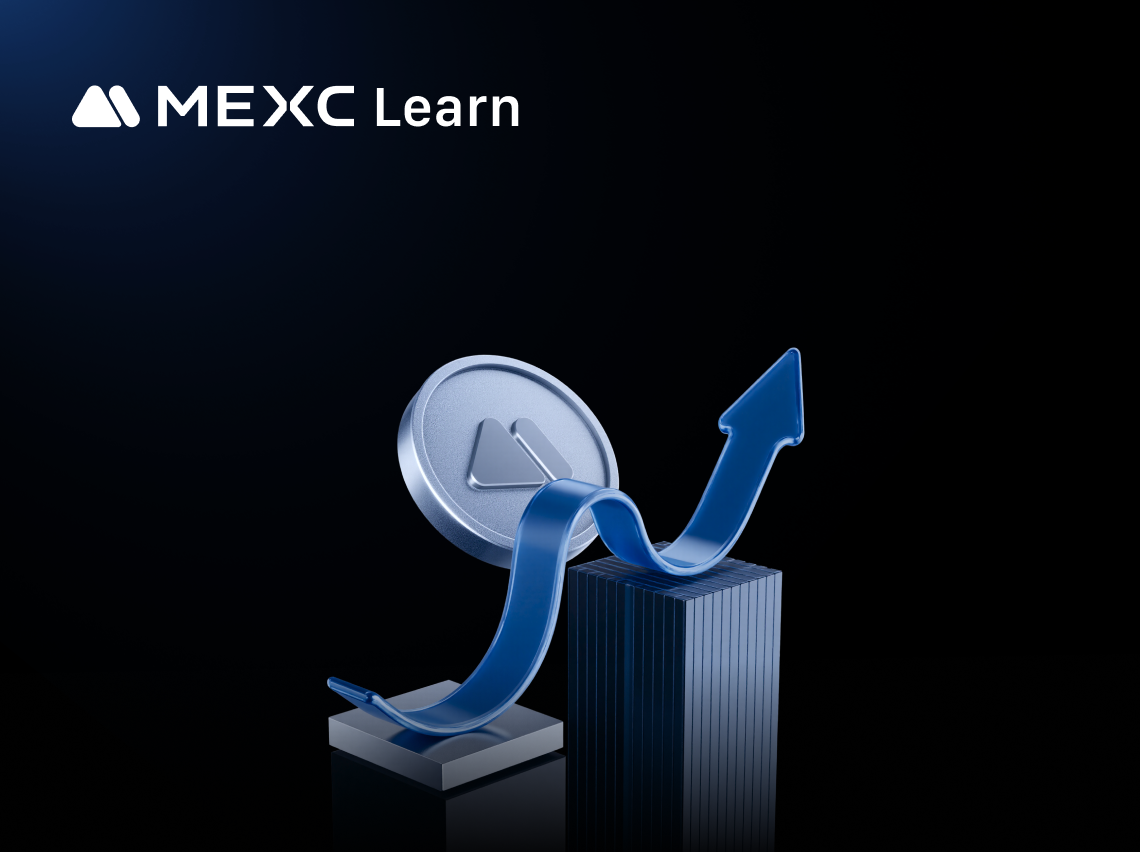
Magma Finance (MAGMA) 2030 Price Prediction
Introduction to MAGMA 2030 Price ForecastLooking a decade ahead, 2030 price predictions for Magma Finance (MAGMA) provide a long-term view of its potential role in the evolving crypto landscape. While
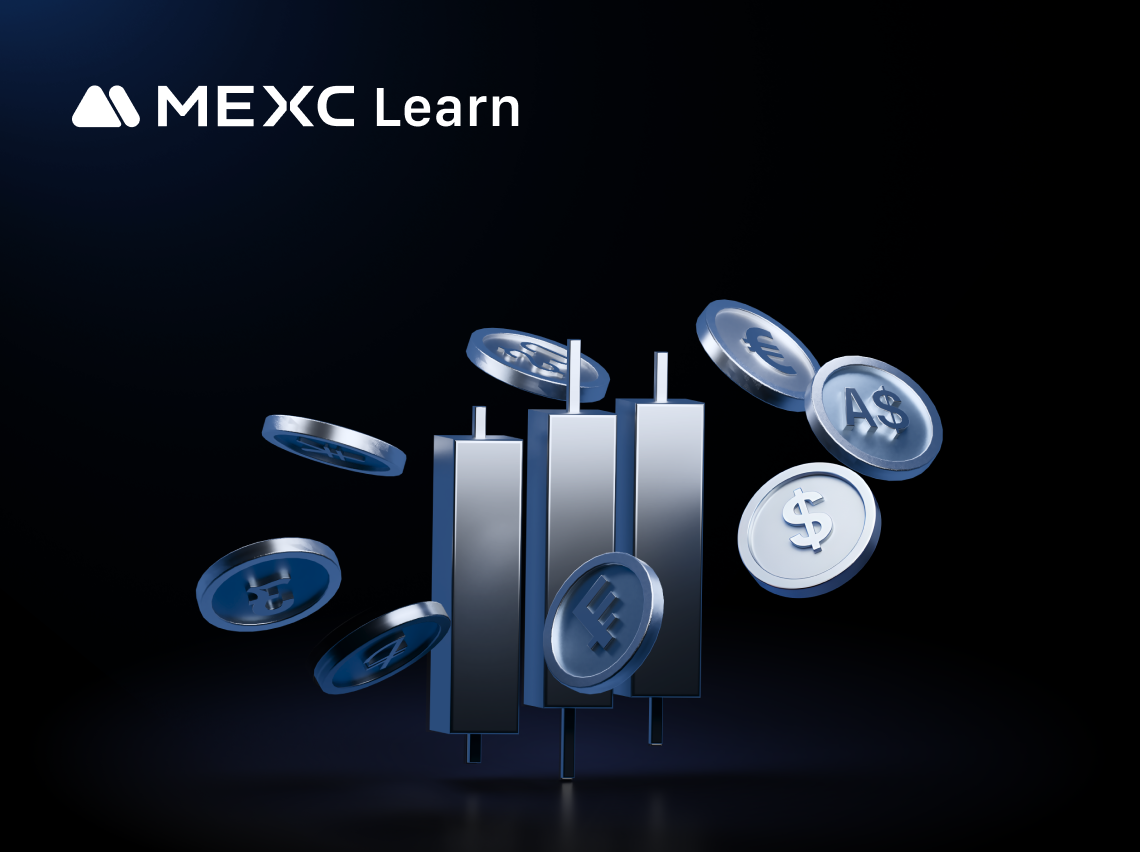
Magma Finance (MAGMA) Price History: Patterns Every Trader Should Know
What is Historical Price Analysis and Why It Matters for Magma Finance (MAGMA) InvestorsHistorical price analysis is a fundamental research methodology that examines past price movements to identify p
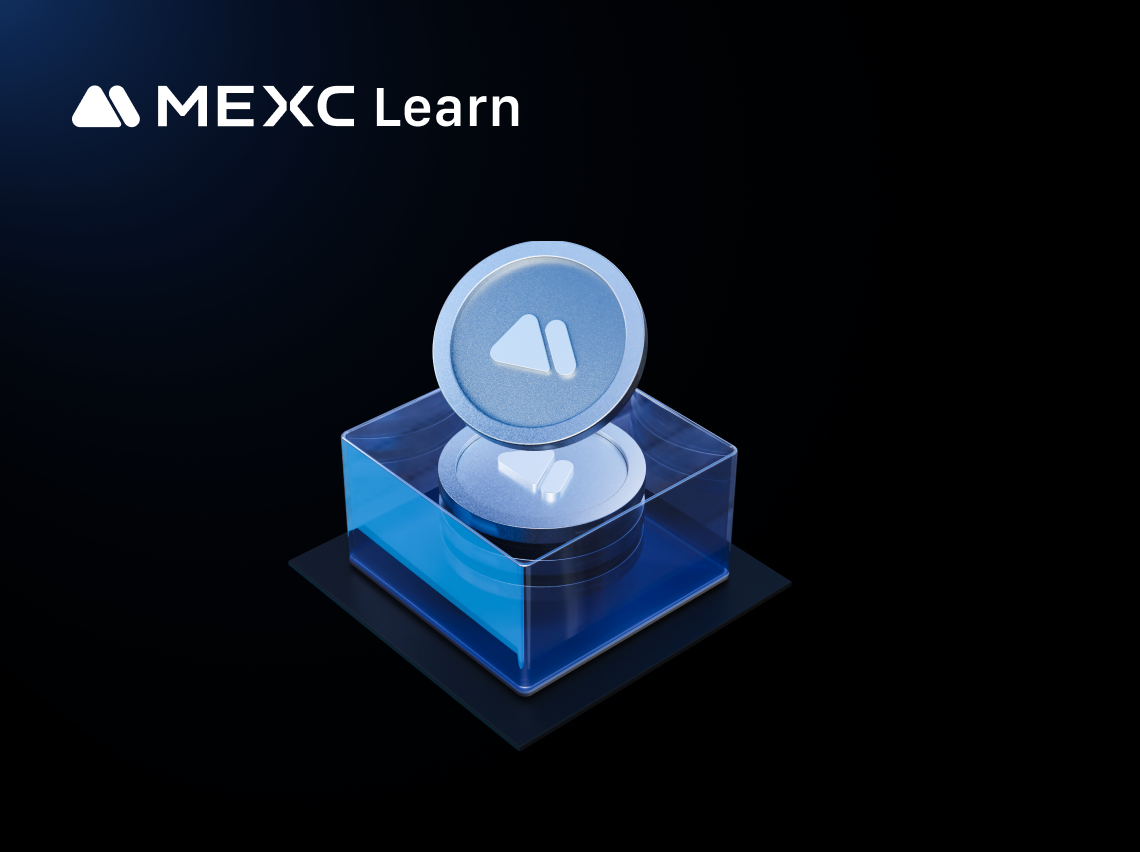
Introduction to KYC in Cryptocurrency Trading
Know Your Customer (KYC) is a mandatory verification process implemented by financial institutions including MEXC to confirm the identity of their users. In the rapidly evolving cryptocurrency market,
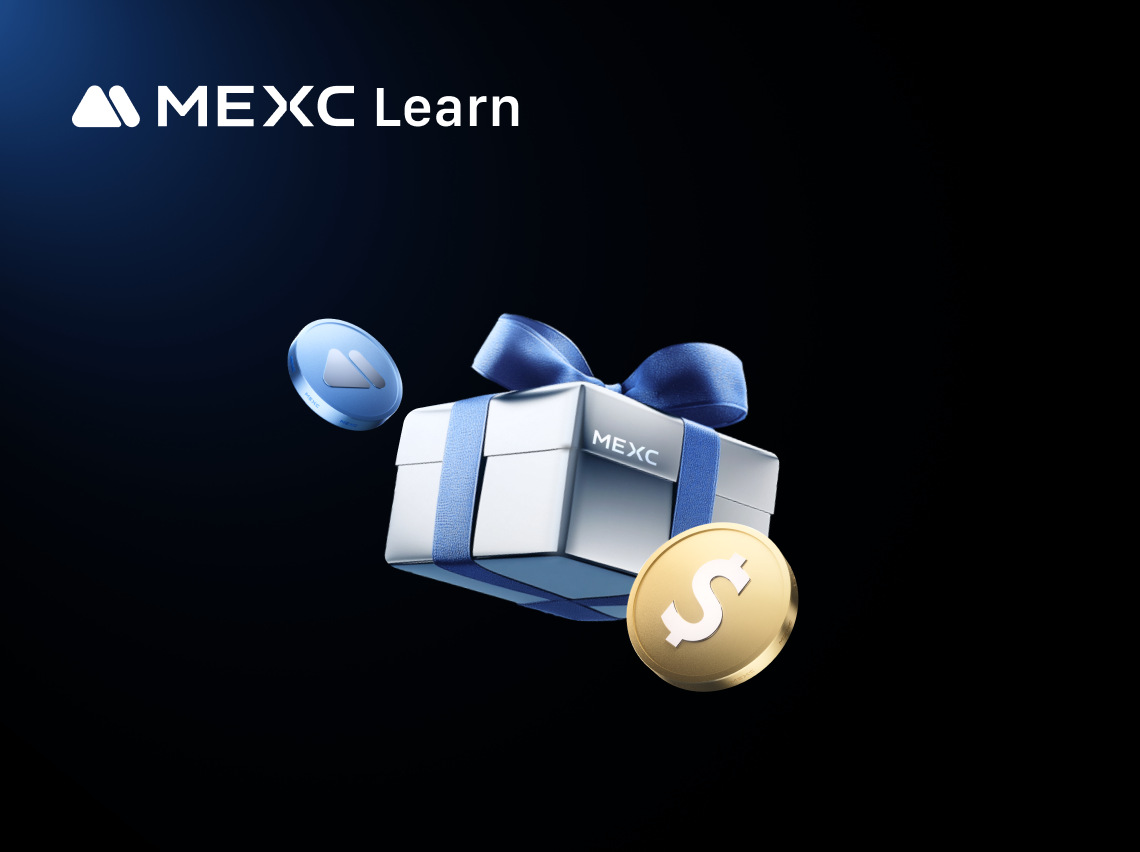
Crypto Price Calculator for Magma Finance (MAGMA) - Real-Time Conversion Tool
A crypto price calculator is an essential tool for anyone looking to convert digital currencies into different denominations or fiat money. Whether you're tracking your Magma Finance (MAGMA) investmen
Trending News
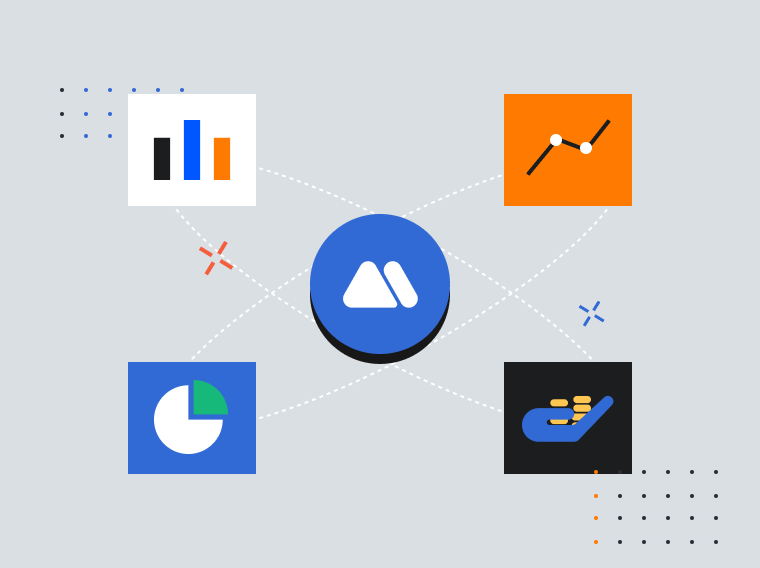
Russia Strengthens Trade with Digital Rubles and Stablecoins
TLDR Russia uses digital rubles and stablecoins to bypass Western sanctions. Digital ruble and stablecoins fuel Russia’s trade with Asia, bypassing SWIFT. Russia

ECB is offering EU governments more control over the digital euro
On Friday, the EU finance ministers reached an agreement on the digital euro currency roadmap. The digital euro is envisioned as an alternative to the dominant Mastercard and Visa payment systems. Eur

Ethereum Price Prediction: ETH Targets $10,000 In 2026 But Layer Brett Could Reach $1 From $0.0058
Ethereum price predictions are turning heads, with analysts suggesting ETH could climb to $10,000 by 2026 as institutional demand and network upgrades drive growth. While Ethereum remains a blue-chip

The Digital WOW Announces AI Enhancements in Website Design and Development
WEST PALM BEACH, Fla., Dec. 17, 2025 /PRNewswire/ — The Digital WOW, powered by ConsultPR.net, announces findings on how AI is impacting website design and development
Related Articles

What is a Decentralized Exchange?
Based on data from holder.io, the total market capitalization recently reached trillions of dollars. Well-known exchanges such as MEXC, Binance, Coinbase, and others fall under the category of central

What are Smart Contracts?
The concept of smart contracts didn't originally emerge in the context of blockchain, but was defined by computer scientist and expert cryptographer Nick Szabo in 1994 as a series of commitments in di

What are Miner Fees and Gas Fees?
1. What are Miner Fees and Gas Fees?Gas is a unit of measurement in the Ethereum protocol. It quantifies the computational and storage resources required to execute specific operations on the Ethereum

What is Decentralized Finance (DeFi)?
In 2020, DeFi began to flourish, and in 2021, DeFi Summer ignited the market. In 2022, the total value locked reached a historic high of $219.47 billion. So, what exactly is decentralized finance?1. W
